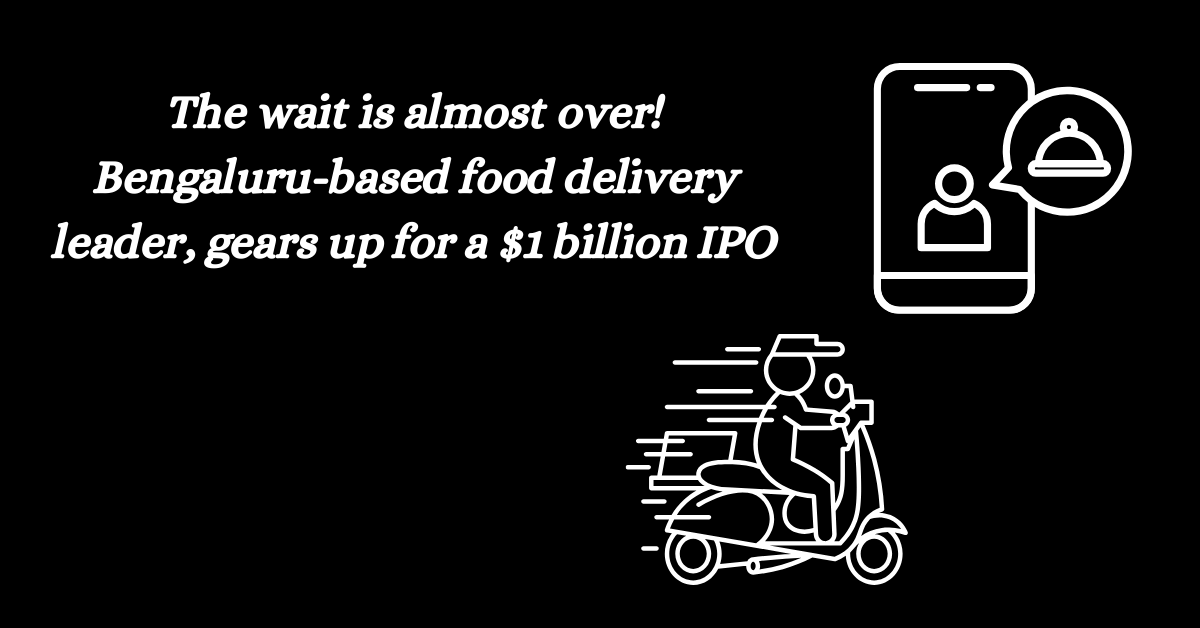- In a major move for the Indian tech scene, Bengaluru’s Swiggy prepares for a massive IPO, aiming to raise $1 billion by year-end.
- Swiggy is preparing for its initial public offering (IPO) by learning from Zomato’s experience.
- Swiggy’s CEO, Sriharsha Majety, met with Zomato’s founder Deepinder Goyal to discuss the challenges and opportunities of being a public company.
- Swiggy is also focusing on its quick-commerce business, Instamart, as a growth driver for the future. Instamart, Swiggy’s quick-commerce business, could still be larger than food delivery
- Swiggy’s IPO preparations heat up as the company reportedly selects seven leading investment banks, including Kotak Mahindra Capital, Citi, JP Morgan, Bank of America, Jefferies, and others, to advise on the process.
- Swiggy CEO Majety hinted at the company’s exploration of Gen AI for operational improvements, including in-house language models for restaurants, while acknowledging there’s further room for exploration.
Also Read: Top Ayodhya Stocks: 9 Stock Picks Across 3 Key Sectors to Watch
Also Read: Is India’s Market About To Boom? 8 Key Players Join A Prestigious Global Club
Also Check: Atal Setu Bridge: The Hidden GEM Stock You Need in Your Portfolio
Also Check: Missed the Railway Run? Catch These 7 Aerospace & Defence Stocks Before They Take Off
What is an IPO?
An IPO, or Initial Public Offering, is a big milestone for a company. It’s the process of a private company selling its shares to the public for the first time on a stock exchange. This means that instead of being owned by a small group of investors, the company is now owned by anyone who can buy its shares.
Key Things to Check Before Applying an IPO
Company Financials:
- Revenue and Growth: Analyze the company’s past and projected revenue growth. A consistently growing company with a well-defined future growth strategy is more likely to be successful.
- Profitability: Check the company’s profit margins and earnings per share (EPS). Consistent profitability indicates a financially strong company.
- Debt-to-Equity Ratio: This ratio measures how much debt the company has compared to its equity. A lower ratio indicates better financial health and less risk.
- Balance Sheet: Review the company’s assets and liabilities to understand its financial stability.
Management Team:
- Experience and expertise: The leadership team should have relevant experience and a proven track record in the industry.
- Compensation structure: Analyze the executive compensation packages to ensure they are reasonable and not excessive.
- Conflicts of interest: Look for any potential conflicts of interest that might jeopardize the company’s performance.
Business Model and Industry:
- Understanding of the company’s business model: This involves knowing how the company generates revenue, its target market, and its competitive advantages.
- Industry trends and growth: Evaluate the potential of the industry the company operates in. Is it a growing industry with good long-term prospects?
- Competitive landscape: Identify the company’s major competitors and assess their strengths and weaknesses.
IPO Details:
- Offering price: Compare the offering price to the company’s valuation and the prices of similar listed companies.
- Lock-up period: Understand how long major shareholders (founders, early investors) will be restricted from selling their shares, as this can impact post-listing volatility.
- Use of proceeds: Know how the company plans to use the money raised from the IPO.
What is Grey Market Premium (GMP) In IPO?
An unofficial market where IPO shares are traded before they officially list on the exchange. Prices here can be highly speculative and differ from the final listing price.
How GMP Works?
Imagine an unregulated underground bazaar. That’s essentially what the grey market is for IPO shares. Before a company officially debuts on the stock exchange, some people try to buy and sell its shares in this unofficial market. The price at which these shares are traded reflects the expected demand and future performance of the stock once it actually lists. This price is the grey market premium.
Here’s how it works:
- Company announces IPO: A company announces its intention to launch an IPO and sets a price range for the shares.
- Bookbuilding: Institutional investors place orders for shares at different prices.
- Grey market kicks in: Before the official IPO price is finalized, some individuals start trading shares in the grey market. They speculate on how much the stock will be worth after listing, based on things like the company’s financials, market sentiment, and bookbuilding demand.
- GMP fluctuates: The grey market premium is constantly changing based on these speculations. If there’s high demand for the shares in the grey market, the GMP will be high, indicating an expected strong listing price. Conversely, if demand is low, the GMP will be lower.
- Listing day arrives: Finally, the IPO officially lists on the stock exchange. The actual price may differ from the grey market premium, but it usually serves as a good indicator of how the stock will perform initially.
Disclaimer: The information provided on this website is for general informational purposes only and should not be construed as financial advice, investment recommendations, or guarantees of any kind. This information is not intended as a substitute for professional financial advice. You should always seek the advice of a qualified financial advisor before making any investment or financial decisions.
